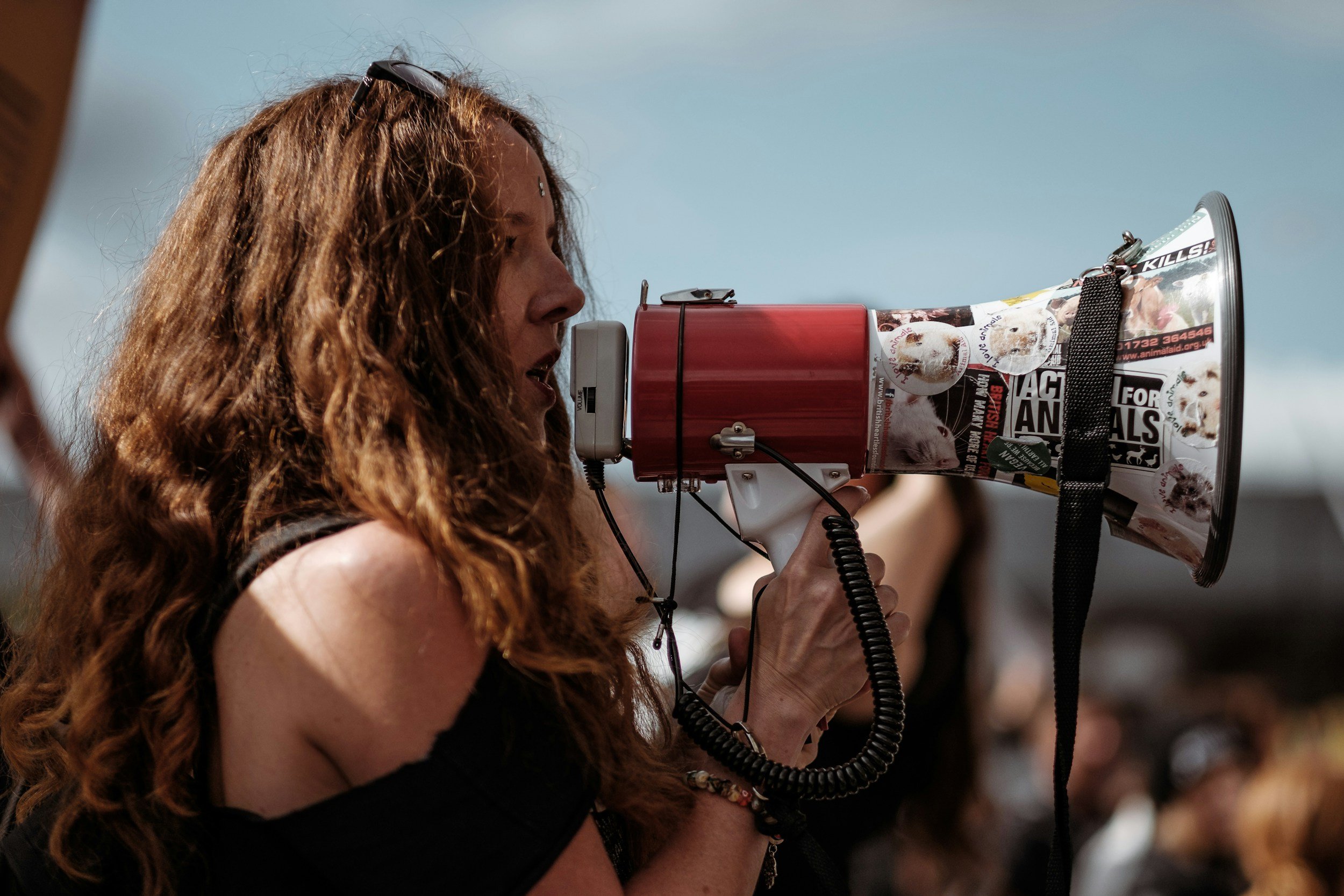
KNOW YOUR RIGHTS
Sample #1: Responding to ICE or Homeland Security Presence
Adapted for Episcopal Churches in Massachusetts by Episcopal City Mission, from materials by Capitol Hill Lutheran Church in Des Moines, Iowa, the Southern New England Conference of the United Church of Christ, and ICE Raid Guidance by the National Homeless Law Center.
[Congregation Name]
Immigration Response Protocols for Church Safety
[address here]
[Our Church] welcomes all people, no matter their immigration status. We provide meals, rides, financial support, pastoral care, etc. without regard to any criteria including immigration status. We do not ask people their immigration status, and if we happen to learn about anyone’s status, we do not record or share it.
Recently, the Trump Administration changed a policy that used to limit Immigration and Customs Enforcement (ICE) from coming into places of worship. This protocol describes what to do in the unlikely event that ICE tries to come into the church or asks for information about people here. It also explains the rights of all visitors, staff, and volunteers, no matter their immigration status. Everyone who works or volunteers at the church should read and understand this plan.
Entry Protocols:
Staff and volunteers shall greet all visitors at the door in a warm, non-confrontational manner. If you have any potential concerns, politely ask, "How can we assist you today?" or "What brings you to our ministry today?" This allows you to determine the purpose of their visit naturally.
Identify any visitors acting in an official capacity (e.g., wearing badges, uniforms, or requesting to speak to someone specific). Before proceeding with the remaining steps, if you suspect ICE or Homeland Security is at the door, immediately contact [the Rector or other designated contact] to determine the appropriate course of action. If your church has legal counsel, the designated contact will reach out to them at this time.
In the case of Immigration and Customs Enforcement (ICE) or the Department of Homeland Security (DHS), politely inform them, “You will need a judicial warrant to enter private areas of the church. We reserve the right to refuse entry into worship spaces for non-worship purposes. Could you please show me the documentation you have to enter?”
If agents escalate in any way, such as yelling, keep a reasonable physical distance, do not engage in argument, and continue to repeat, “I am following the official protocols of this congregation. Please show me a judicial warrant to receive permission to enter.”
If agents attempt to physically enter without permission, move out of the way and do not touch or block them. Assert, “You are entering without permission.” [If you allow for filming, this would be an appropriate time to begin and get your statement in the video.]
If the agent provides a warrant, either carefully review it according to the Step-By-Step Guide to Verify the Validity of a Judicial Warrant or tell them to wait at the door while you get someone who can.
If the document provided turns out to be an “ICE administrative warrant” or any document other than a judicial warrant, politely and calmly state, “I’m sorry, but this is not the appropriate legal document necessary for entering. We will comply only if you return with a Judicial Warrant.” If they argue, do not engage beyond repeating this statement.
If the document provided IS a Judicial Warrant signed by a judge or magistrate, written for your location, and within the timeframe issued, thank the officer for showing you and let them know you will be following Church protocol and allowing them to enter. However, before they do:
First you would like to get down their name and badge number;
And you will be checking in with the [Rector or other designated contact] to accompany them inside.
If it reaches this stage, regular staff and volunteer greeters at the entryway will pass off the agent to the [Rector or other designated contact] and step away.
For authorized individuals only:
Accompany ICE throughout the building to ensure they follow the limited scope of the warrant. If they search unlisted places, state your objection and document it. [Determine in advance if it will be in your churches policy to video record while this is occurring or not.]
If ICE detains anyone in your building, ask where they are being taken. This information will help the person’s family and/or lawyer find them and pursue a process in their defense.
Take notes on what happened after they leave.
How many ICE agents were there?
What were they wearing? How were they armed?
Did they make you believe you couldn’t move or leave?
Did they treat anyone badly? How?
If desired by the family, reach out to local immigrant rights community resources to connect them with additional support. [Identify and name a specific organization in your geographic area to include in this policy.] Later you may also use the ICE locator at https://locator.ice.gov/odls/#/search to attempt to find them, and consider visitation. Some detention centers allow for general visitation, while others may need proof of the visitor being ordained clergy.
Conclusion
This policy reflects [Church]’s commitment to creating a welcoming, safe, and respectful environment for all.
For questions or further clarification, please contact [Church Leadership Contact Information].
Approved by: [Vestry/Rector/Leadership Team]
Date of Approval: [Date]
